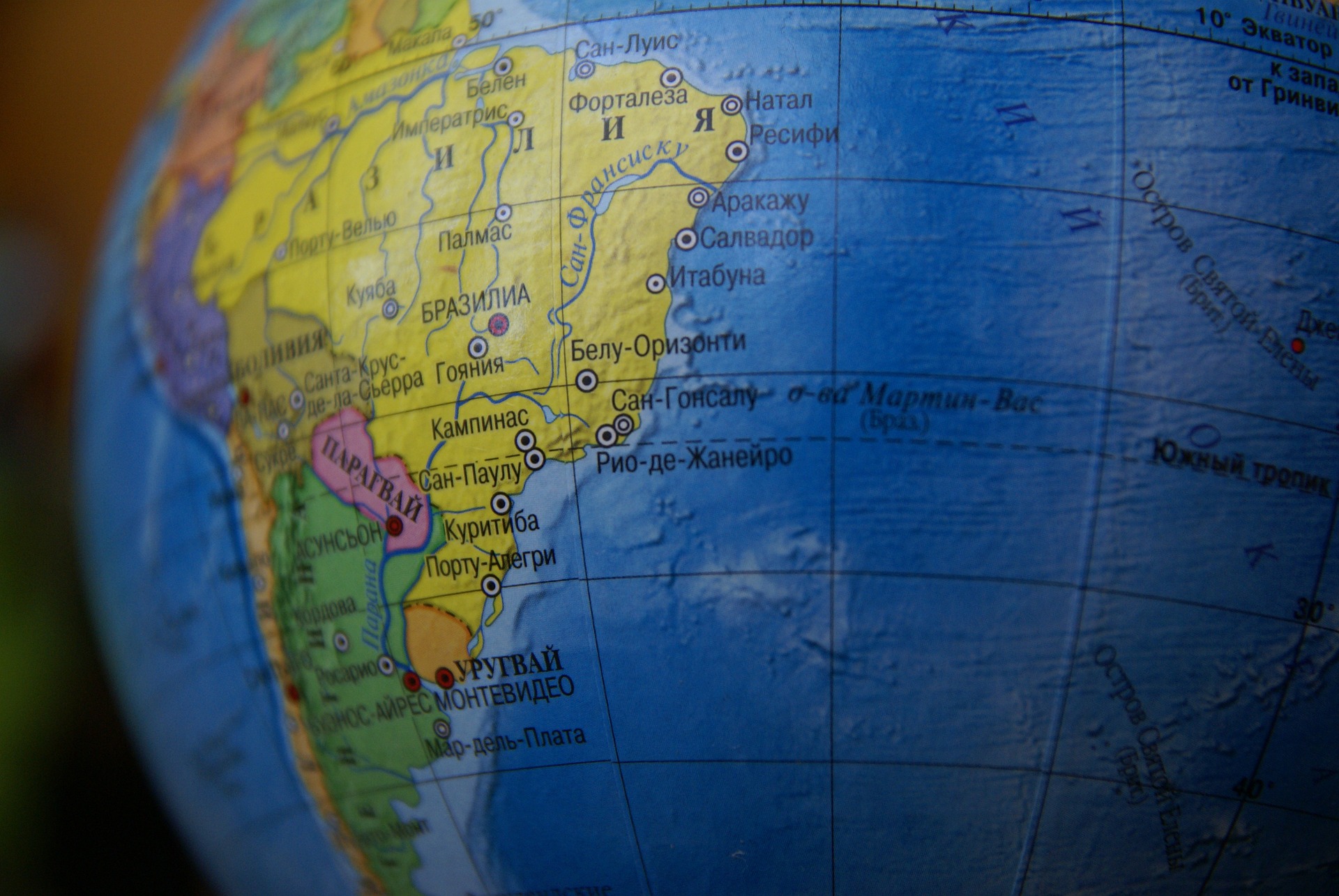Avian flu infection rates in the UK are six weeks ahead of this time last year, prompting officials to heighten biosecurity measures
Chicken farms in the UK have been told to step up biosecurity measures
Mint Images/Getty Images
The UK is bracing itself for what is expected to be the worst outbreak of avian flu in its history this winter, with officials warning of a rapid rise in infections over the past month.
Infections are six weeks ahead of where they were this time last year, according to the Animal and Plant Health Agency (APHA). There are currently 47 ongoing outbreaks across the UK, 30 of which have been confirmed since the start of October.
In a bid to contain the influenza virus, which spreads through infected droppings, the APHA this week imposed a “prevention zone” across England, Scotland and Wales. The Northern Irish government has introduced the same policy.
Advertisement
That means farmers and amateur bird owners across the UK will have to ramp up biosecurity measures, for example by changing their clothes and shoes before entering enclosures and disinfecting vehicles used on site.
But with high levels of infection among wild bird populations, there is growing concern that it may prove impossible to contain the outbreak.
The UK’s chief veterinary officer, Christine Middlemiss, said the situation was unprecedented. “We’ve never had to do this before. We’ve never had this level of environmental infection going on before that’s posing such a risk,” she told the BBC.
Cases of avian flu have appeared periodically in the UK for decades, but there have been a record number of outbreaks in the past 12 months, caused by a highly pathogenic H5N1 strain of the virus.
Around 3.5 million captive birds have been culled since October 2021, while the virus has ripped through wild populations, hitting the UK’s globally recognised seabird colonies particularly hard.
Usually, the summer months bring respite, but this year was different. New outbreaks were recorded throughout June, July and August for the first time.
“There’s an awful lot more virus out there than we’ve had in previous years,” said Andy Paterson at the APHA in a press briefing. “We’ve certainly not had a break over the summer like we would normally expect.”
It means the UK heads into the winter and the next migratory season with higher levels of the virus circulating, officials warn. Over the next few weeks, millions of ducks, swans, geese and other migrating birds will arrive to winter in the UK, amplifying the threat.
Read more: UK bird flu research project launched to protect poultry and seabirds
The H5N1 virus was first detected in Guangdong province in southern China in 1996 and has since spread globally via infected wild birds. Scientists suspect the current outbreak – which has also wreaked havoc across continental Europe and the US – could be down to a slight mutation in the virus that means it can survive for longer periods in the natural environment, allowing it to spread through wild bird populations more effectively.
There is little officials can do to control the spread of the virus among wild birds. Instead, containment efforts are focused on keeping captive birds isolated from wild populations.
That is becoming harder in the face of climate change, with last winter’s storm damage and floodwaters helping to spread infected droppings into captive flocks. As wilder weather systems approach once more, it is more important than ever for farmers to batten down the hatches, officials say.
If biosecurity measures imposed this week fail to curb the number of new outbreaks, the next step is a nationwide housing order, which would mean all captive birds must be kept inside – away from wild populations – until further notice.
Last year, a housing order was in place between November and May, forcing farmers to remove free-range labels from eggs and meat.
More on these topics:

